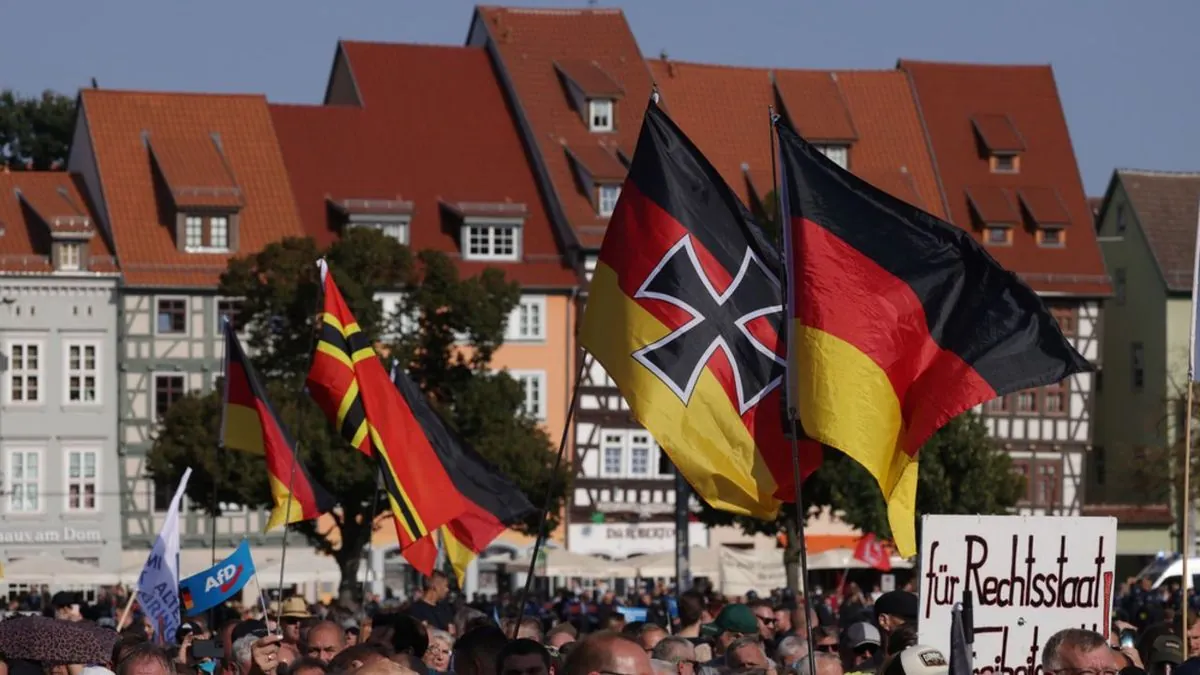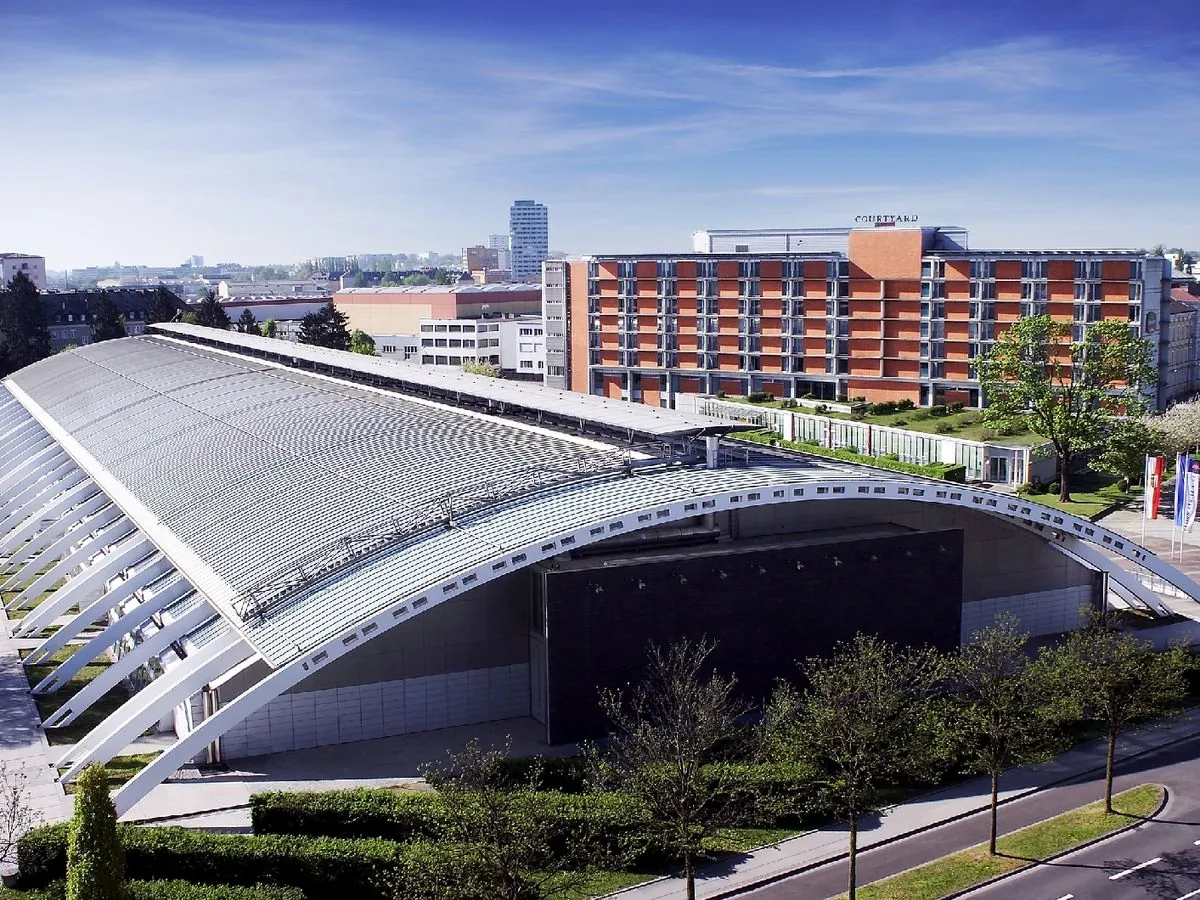AfD's Rise in Eastern Germany Signals Ongoing Integration Challenges
Recent state elections in Thuringia and Saxony show significant support for non-mainstream parties, highlighting persistent economic and social issues in former East German regions 34 years after reunification.

The recent state elections in Thuringia and Saxony have brought attention to the ongoing challenges of integrating former East German regions into the unified Germany. Nearly 34 years after the fall of the Berlin Wall, these elections reveal a complex political landscape that reflects deep-seated economic and social issues.
In Thuringia, the Alternative für Deutschland (AfD) secured almost 33% of the vote, marking a substantial increase from the previous election in 2019. Similarly, in Saxony, the party garnered 30% support. These results have raised concerns both domestically and internationally, given Germany's historical context and the AfD's rightward shift since its founding in 2013.

Despite the AfD's strong showing, it is unlikely to form or participate in the state governments due to a political "firewall" maintained by other parties. This isolation is particularly pronounced in Thuringia, where the local AfD leader, Björn Höcke, is known for his controversial statements and represents the party's most hardline faction.
The AfD's rise can be attributed to various factors, including concerns over immigration and a sense of economic disparity. Interestingly, Thuringia has experienced less immigration than many other German regions, highlighting the complex nature of this issue.
"We are the new mainstream in Thuringia."
However, the election results tell a broader story about the challenges facing former East German states. While cities like Dresden, Leipzig, and Weimar have undergone significant transformations since reunification, many rural areas and small towns have experienced population decline and economic stagnation. Thuringia's population has decreased from 2.7 million in 1990 to 2.1 million today, while Saxony's has fallen from 4.8 million to 4 million.
The political landscape is further complicated by the performance of other non-mainstream parties. The Left Party, a successor to East Germany's former ruling party, secured 13% of the vote in Thuringia. Additionally, a new movement led by Sahra Wagenknecht, combining left-wing economics with anti-immigration rhetoric, gained significant support in both states.
Perhaps most striking is the overall support for parties outside the democratic mainstream, reaching nearly 60% in Thuringia and 47% in Saxony. This trend suggests that the process of fully integrating the former East Germany into the unified state remains incomplete and may even be regressing in some aspects.
As Germany approaches the 35th anniversary of the fall of the Berlin Wall later this year, these election results serve as a reminder of the ongoing challenges in bridging the historical divide between East and West. The success of non-mainstream parties reflects deep-seated issues that continue to shape the political landscape of eastern Germany, highlighting the need for continued efforts to address economic disparities and social integration.


































